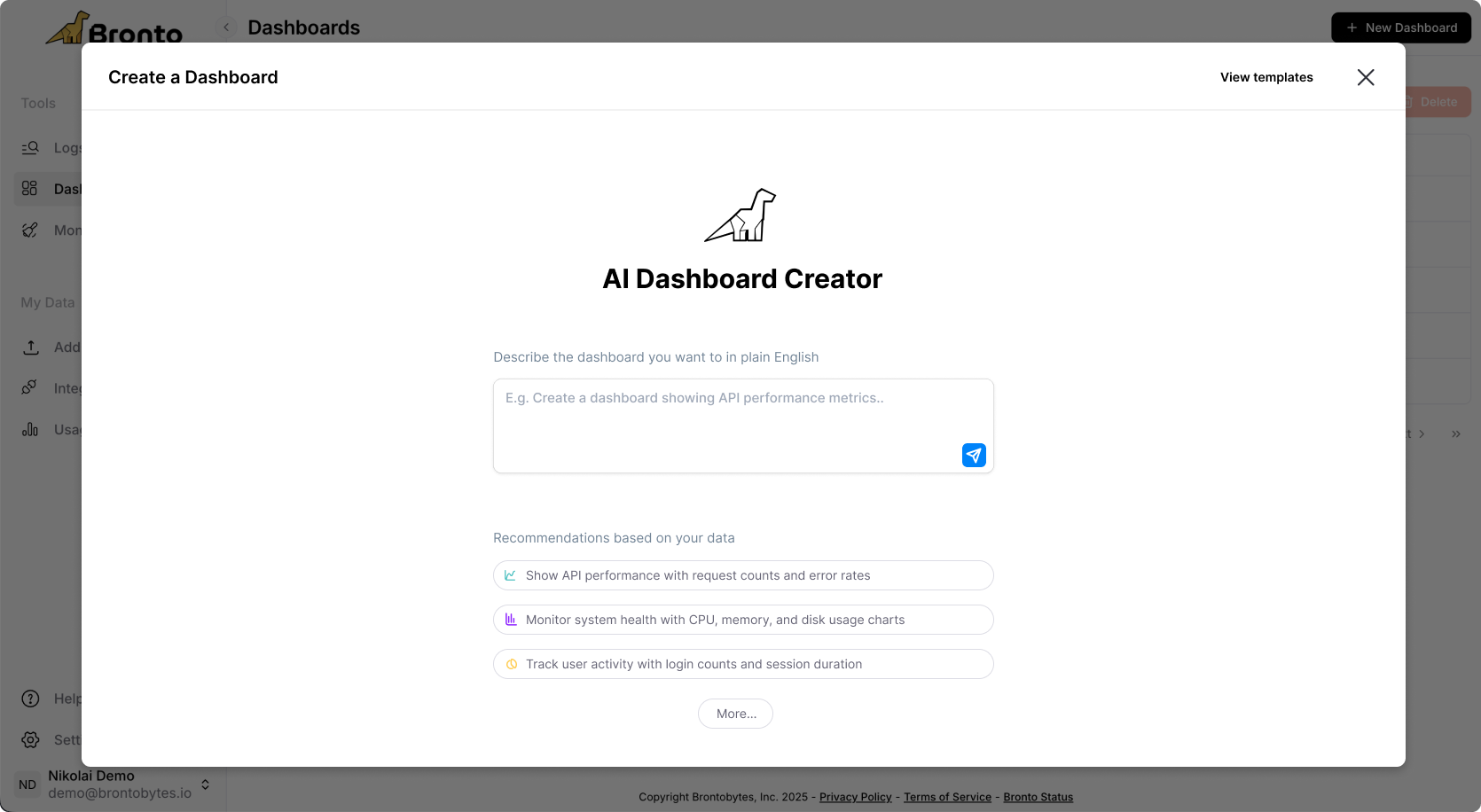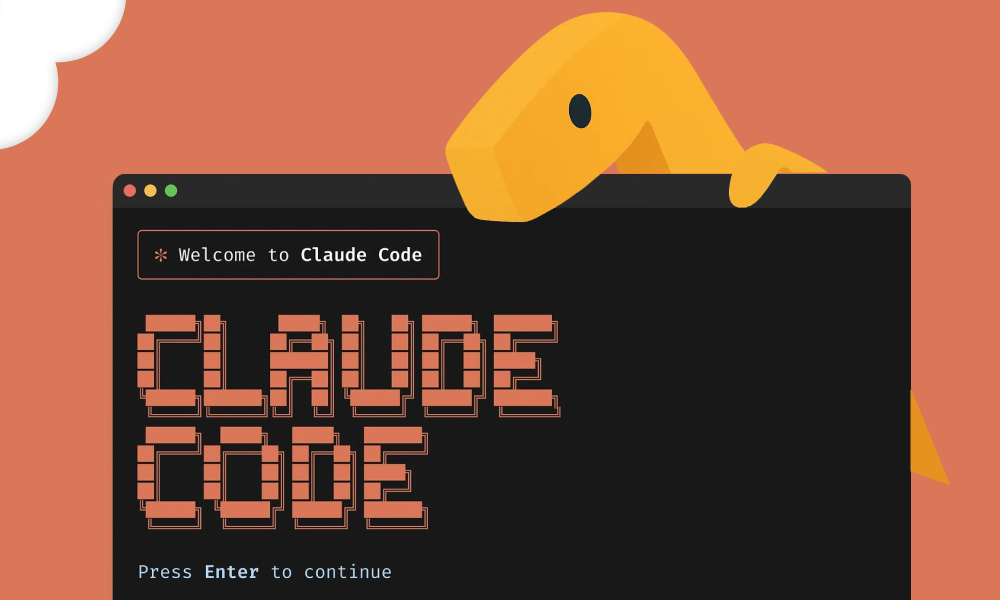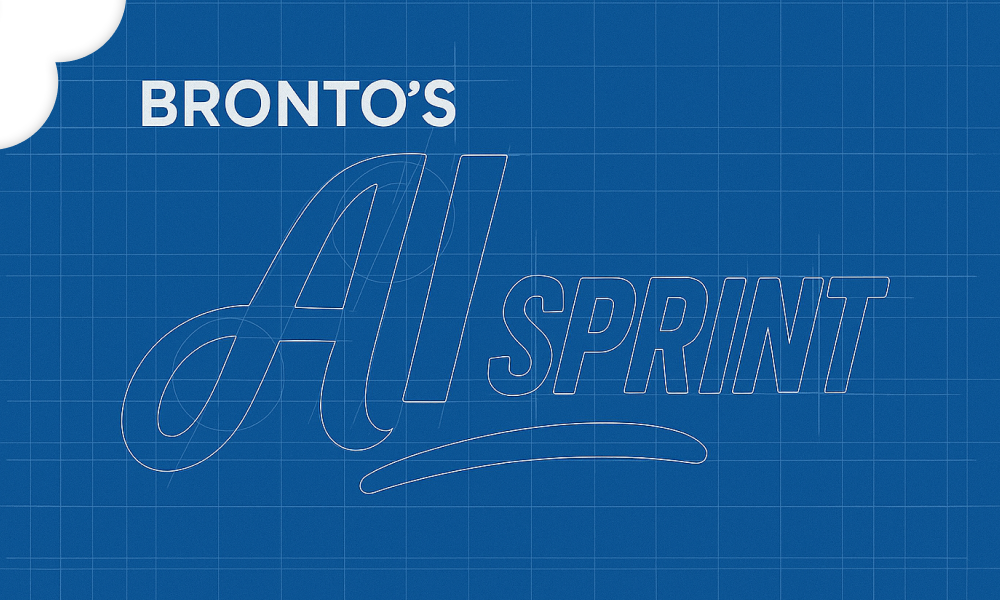
We've been saying for a while now that logging is fundamentally broken. But here's what really gets under my skin: the so-called "AI revolution" in observability has mostly been a series of buzzword-driven features that fail to solve real-world problems.
You know the drill. Vendors slap "AI-powered" onto the same dysfunctional logging experience they've been peddling for years. Suddenly your $250k annual logging bill comes with "intelligent anomaly detection" that floods you with false positives, or "smart alerting" that still can't tell the difference between a real issue and a deployment blip.
That's not innovation. That's AI washing.
Today I'm excited to share something different: Bronto Labs. It’s our approach to using AI where it actually matters, to solve the real problems that make logging painful.
The Toil Problem
Let's start with something we all know but rarely talk about: logging tools make you work way too hard for basic functionality.
Think about your last incident. How much time did you and your team spend actually solving the problem versus wrestling with:
- Writing grok patterns to parse logs that should have been structured from day one
- Crafting regex expressions because your vendor's query language can't handle basic pattern matching
- Manually creating dashboards for the third time this quarter because nobody can find the ones from the last incident
- Trying to remember which of your 5 different logging tools actually has the data you need
We call this toil – the repetitive, manual, interrupt-driven work that keeps engineers from doing what they're actually good at. And it's exactly where AI can make a real difference.
Removing Toil, Not Adding Complexity
In Bronto Labs, we're focused on three initial areas where AI eliminates friction instead of creating it:
Auto-Parsing: Because Grok Patterns Are a Relic
Here's a radical idea: when you send logs to your logging platform, they should just work. No parsing rules. No schema definitions. No regex wizardry required.
%201.png)
Our AI parser looks at your unstructured logs and automatically generates the parsing rules. Instead of spending hours crafting grok patterns that break the moment your application format changes, you get structured, searchable data immediately.
This isn't magic. It's just applying the right technology to solve an actual problem that every engineering team faces.
AI Dashboard Creation: From Idea to Insight in Seconds
Remember the last time you needed a quick dashboard during an incident? You probably spent 20 minutes figuring out which visualization type to use, how to group your data, and what time range made sense — all while your system was on fire.
With our AI dashboard creator, you describe what you want to see in natural language: "Show me error rates by service for the last 2 hours" or "API response times grouped by endpoint." The model builds the dashboard automatically.

No more choice paralysis. No more hunting through documentation. Just the data you need, when you need it.
Push Analytics: Making Complex Queries Actually Useful
Here's the dirty secret about logging platforms: they're packed with powerful query capabilities that nobody uses. Why? Because writing complex analytical queries while debugging a production issue is like performing surgery while learning anatomy.
Traditional logging tools expect you to know exactly what question to ask and how to ask it. But during an incident, you usually start with something like "Why is everything slow?" — not "Show me P99 latency aggregated by service mesh ingress controller."
We've built something we call Bronto Scope that flips this model. Instead of you pulling insights from the data, the AI pushes analysis to you.
.png)
When you use Bronto Scope, we activate an AI to investigate the error the same way a human engineer would. It runs queries, performs analysis, and creates a comprehensive report for you to review. You can inspect the AI's work just like you would a colleague's — all queries and results are saved for easy review.
Instead of spending hours manually investigating an issue, you get a detailed scope analysis that would normally take an experienced engineer significant time to compile.
In the future Bronto Scope will chain these capabilities together. It might use the auto-parser to structure relevant logs, create dashboards to visualize trends, and surface correlations you would have missed in the time pressure of an incident.
Augmenting Your Experience with AI
What excites me about this approach is that it's not about replacing human judgment — it's about eliminating the boring, repetitive work that prevents you from applying that judgment effectively.
The AI doesn't tell you how to fix your system. It makes sure you have clean, structured data to work with. It builds the dashboards you need automatically. It surfaces the patterns that would take hours to find manually.
This is what AI in observability should be: augmenting your expertise, not trying to replace it.
Working with Design Partners
Bronto Labs represents our commitment to building AI features that solve actual problems rather than following industry trends. But we're not building in a vacuum.
We're working with a limited number of design partners who want to shape how AI can make logging actually useful. If you're tired of AI features that create more work instead of eliminating it, and you want to help us build something better, we'd love to hear from you.
Sign up for Bronto Labs design partner program →
Bronto is building the logging layer for the AI era. Our team brings 150+ years of combined logging domain expertise, and we're on a mission to reinvent logging from end to end. This is just the beginning.

.png)

.png)


